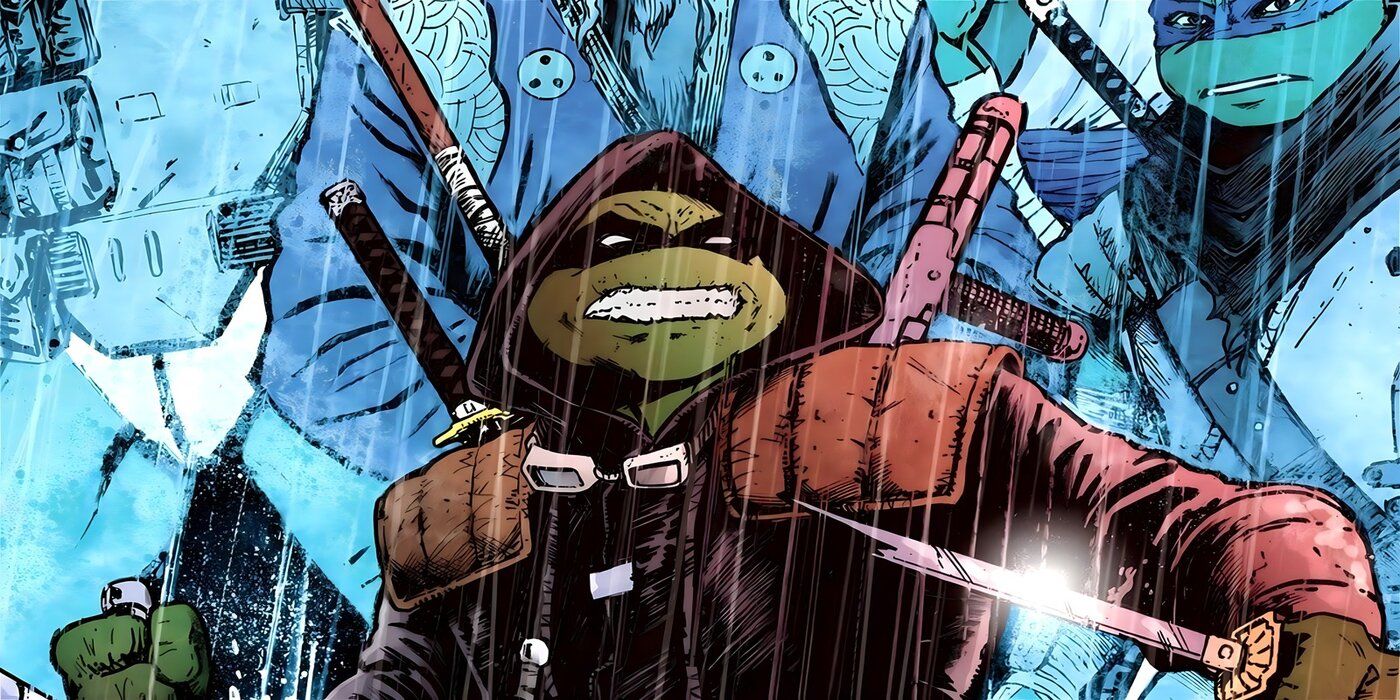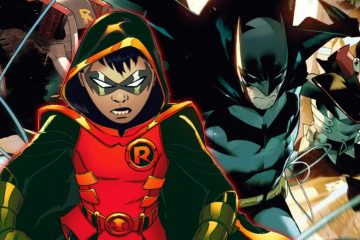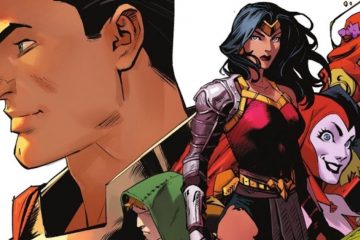Ever since IDW published issue #1 of Teenage Mutant Ninja Turtles: The Last Ronin in October 2020, the comic book world has been excited for the shellheads’ return to form. The legendary creators of the franchise, Kevin Eastman and Peter Laird, alongside Tom Waltz, Esau and Issac Escoraz, Ben Bishop, and Luis Antonio Delgado, crafted an engaging story that hearkened back to the thrilling exploits of the Teenage Mutant Ninja Turtles’ past while opening the door to exciting new possibilities.As great as the recent TMNT: Mutant Mayhem is, the concepts explored in The Last Ronin offered fans a less cartoonish, sci-fi-based depiction of their favorite turtle heroes. The grittiness of a post-apocalyptic New York City run by robot ninjas and the nefarious Oroku Hiroto, grandson of Oroku Saki a.k.a. The Shredder, was dark and clearly seeking out more mature audiences, the way the original TMNT stories did. What’s more, the impressive character development throughout The Last Ronin showed readers just how resilient their favorite heroes have become. These features are enough to make even the Turtles’ most critical detractors take a second look at this complex story.The TMNT franchise has changed hands many times over the years. From its early days at Mirage Comics to its subsequent stints at Archie Comics, Dreamwave Productions, and finally IDW Publishing, the TMNT stories and lore have morphed as a variety of creators provided their take on the Turtles. And while this is normal in comics, as publishers consolidate, close, or run into creative differences, it also tends to push older fans to the wayside. Fans who read TMNT in the 80s and 90s are facing very different TMNT stories today, less gritty and more character-focused.RELATED: Why TMNT The Last Ronin Wasn’t Turned Into A MovieRELATED: The Most Overlooked TMNT Comic Introduced Several Mutant Mayhem Stars
Ever since IDW published issue #1 of Teenage Mutant Ninja Turtles: The Last Ronin in October 2020, the comic book world has been excited for the shellheads’ return to form. The legendary creators of the franchise, Kevin Eastman and Peter Laird, alongside Tom Waltz, Esau and Issac Escoraz, Ben Bishop, and Luis Antonio Delgado, crafted an engaging story that hearkened back to the thrilling exploits of the Teenage Mutant Ninja Turtles‘ past while opening the door to exciting new possibilities.
As great as the recent TMNT: Mutant Mayhem is, the concepts explored in The Last Ronin offered fans a less cartoonish, sci-fi-based depiction of their favorite turtle heroes. The grittiness of a post-apocalyptic New York City run by robot ninjas and the nefarious Oroku Hiroto, grandson of Oroku Saki a.k.a. The Shredder, was dark and clearly seeking out more mature audiences, the way the original TMNT stories did. What’s more, the impressive character development throughout The Last Ronin showed readers just how resilient their favorite heroes have become. These features are enough to make even the Turtles’ most critical detractors take a second look at this complex story.
The TMNT franchise has changed hands many times over the years. From its early days at Mirage Comics to its subsequent stints at Archie Comics, Dreamwave Productions, and finally IDW Publishing, the TMNT stories and lore have morphed as a variety of creators provided their take on the Turtles. And while this is normal in comics, as publishers consolidate, close, or run into creative differences, it also tends to push older fans to the wayside. Fans who read TMNT in the 80s and 90s are facing very different TMNT stories today, less gritty and more character-focused.
#Ronin #Revitalized #TMNT #Franchise
Note:- (Not all news on the site expresses the point of view of the site, but we transmit this news automatically and translate it through programmatic technology on the site and not from a human editor. The content is auto-generated from a syndicated feed.))



